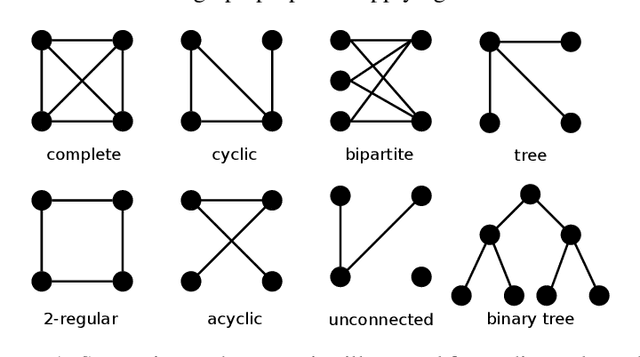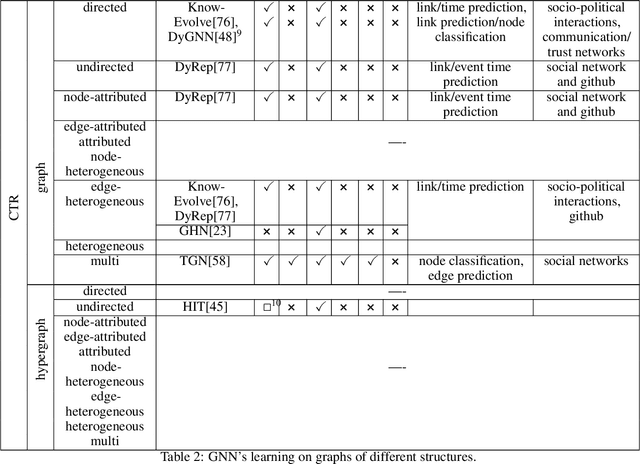Josephine M. Thomas
Graph Neural Networks for Automatic Addition of Optimizing Components in Printed Circuit Board Schematics
Jun 12, 2025Abstract:The design and optimization of Printed Circuit Board (PCB) schematics is crucial for the development of high-quality electronic devices. Thereby, an important task is to optimize drafts by adding components that improve the robustness and reliability of the circuit, e.g., pull-up resistors or decoupling capacitors. Since there is a shortage of skilled engineers and manual optimizations are very time-consuming, these best practices are often neglected. However, this typically leads to higher costs for troubleshooting in later development stages as well as shortened product life cycles, resulting in an increased amount of electronic waste that is difficult to recycle. Here, we present an approach for automating the addition of new components into PCB schematics by representing them as bipartite graphs and utilizing a node pair prediction model based on Graph Neural Networks (GNNs). We apply our approach to three highly relevant PCB design optimization tasks and compare the performance of several popular GNN architectures on real-world datasets labeled by human experts. We show that GNNs can solve these problems with high accuracy and demonstrate that our approach offers the potential to automate PCB design optimizations in a time- and cost-efficient manner.
Flow-Attentional Graph Neural Networks
Jun 06, 2025Abstract:Graph Neural Networks (GNNs) have become essential for learning from graph-structured data. However, existing GNNs do not consider the conservation law inherent in graphs associated with a flow of physical resources, such as electrical current in power grids or traffic in transportation networks, which can lead to reduced model performance. To address this, we propose flow attention, which adapts existing graph attention mechanisms to satisfy Kirchhoff\'s first law. Furthermore, we discuss how this modification influences the expressivity and identify sets of non-isomorphic graphs that can be discriminated by flow attention but not by standard attention. Through extensive experiments on two flow graph datasets (electronic circuits and power grids), we demonstrate that flow attention enhances the performance of attention-based GNNs on both graph-level classification and regression tasks.
FDGNN: Fully Dynamic Graph Neural Network
Jun 07, 2022Abstract:Dynamic Graph Neural Networks recently became more and more important as graphs from many scientific fields, ranging from mathematics, biology, social sciences, and physics to computer science, are dynamic by nature. While temporal changes (dynamics) play an essential role in many real-world applications, most of the models in the literature on Graph Neural Networks (GNN) process static graphs. The few GNN models on dynamic graphs only consider exceptional cases of dynamics, e.g., node attribute-dynamic graphs or structure-dynamic graphs limited to additions or changes to the graph's edges, etc. Therefore, we present a novel Fully Dynamic Graph Neural Network (FDGNN) that can handle fully-dynamic graphs in continuous time. The proposed method provides a node and an edge embedding that includes their activity to address added and deleted nodes or edges, and possible attributes. Furthermore, the embeddings specify Temporal Point Processes for each event to encode the distributions of the structure- and attribute-related incoming graph events. In addition, our model can be updated efficiently by considering single events for local retraining.
Graph Neural Networks Designed for Different Graph Types: A Survey
Apr 06, 2022



Abstract:Graphs are ubiquitous in nature and can therefore serve as models for many practical but also theoretical problems. Based on this, the young research field of Graph Neural Networks (GNNs) has emerged. Despite the youth of the field and the speed in which new models are developed, many good surveys have been published in the last years. Nevertheless, an overview on which graph types can be modeled by GNNs is missing. In this survey, we give a detailed overview of already existing GNNs and, unlike previous surveys, categorize them according to their ability to handle different graph types. We consider GNNs operating on static as well as on dynamic graphs of different structural constitutions, with or without node or edge attributes. Moreover in the dynamic case, we separate the models in discrete-time and continuous-time dynamic graphs based on their architecture. According to our findings, there are still graph types, that are not covered by existing GNN models. Specifically, models concerning heterogeneity in attributes are missing and the deletion of nodes and edges is only covered rarely.
 Add to Chrome
Add to Chrome Add to Firefox
Add to Firefox Add to Edge
Add to Edge